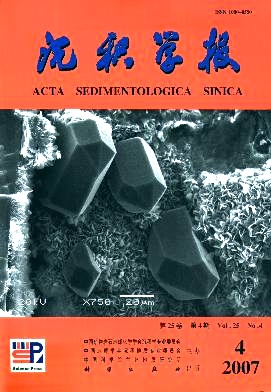Research on Flood Change Indicated by Deposit in High Valley Flat Profile of Weihe River in Xianyang
- Received Date: 1900-01-01
- Rev Recd Date: 1900-01-01
- Publish Date: 2007-08-10
-
Key words:
- Xi'an Area /
- Weihe River /
- valley flat deposit /
- flood change /
- grain size characteristics
Abstract: On the basis of analysis of 116 samples in grain size from high valley flat section in Xianyang and historical book material of Weihe migration time, we knew that the delamination of 120 years' flood deposition of Weihe River is obvious and can be regarded as an indicator of flood and change. The XY profile indicated that there are 16 flood deposition stages, including the top major flood deposition layer formed in 2003 and the other 15 flood deposition layers formed in the ancient flood stages. There is a obvious variety rhythm of granularity along with the depth in the XY. The granularity in the 1st,3rd,5th,7th,9th,11th,13th and 15th layer was thinner than the 2nd,4th,6th,8th,10th,12th,14th and 16th layer in the XY profiles. After thinking over the effect of the heightening landform caused by the accumulating deposition thickness on grain size composition, the order of flood depth and the flood scale of these 16 flood stages was: 12th >15th >6th >9th >16th >1st >5th >14th
>7th >11th >3rd >13th >8th >10th >4th >2nd>. The 12th,15th,6th,9th,16th and 1st were the catastrophic flood stages and the 5th,14th,7th,11th,3rd,13th,8th,10th,4th and 2nd were the big flood stages. The origin of the flood was obviously increased of annual rainfall at the year in some areas in the Weihe basin. The stages in which no flood occurred in high valley flat were of normal rainfall or less rainfall.
| Citation: | ZHAO Jingbo. Research on Flood Change Indicated by Deposit in High Valley Flat Profile of Weihe River in Xianyang[J]. Acta Sedimentologica Sinica, 2007, 25(4): 597-602. |






 DownLoad:
DownLoad: